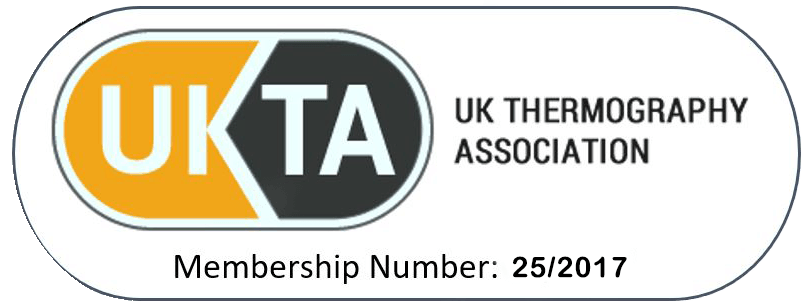
Aerial Thermal Image Applications

For many requirements, thermal imaging from the sky is far more preferable than from the ground. Aerial infrared thermography applications can be divided into two categories. Those where a straight-down view and/or large area view is needed, and those where long distances must be covered in a limited amount of time.
Most aerial infrared imaging is performed at night because daylight solar radiation usually adversely affects the imagery.Drone Media Imaging is qualified and certified by the CAA to fly at night.
“Thanks to the Zenmuse XT from DJI and FLIR, thermal imaging from the air has never been easier. By combining DJI’s unrivalled expertise in flight stability, gimbal technology, and image transmission with the industry-leading thermal imaging technology of FLIR, the Zenmuse XT is the ultimate solution for reliable, rapid-deployable aerial thermal imaging. Capture your thermal images faster, covering large areas, and save them for analysis and reporting.”
Available in 640×512 resolution, the Zenmuse XT has a lens option of 19mm which allows for fine detail and a great range and distance from the subject.
- Roof Moisture Surveys
- Environmental Surveys
- Animal Counts
- Area Thermal Mapping
- Landfill Site Examinations
- Underground Stream System Examinations
- Electrical Power Line Surveys
- Search and Rescue Operations

ENVIRONMENTAL IMPACT SURVEYS
When a liquid is introduced into a body of water (ocean, river, stream, lake) the former can be differentiated between through the use of high-resolution thermal imaging because the temperatures are almost always different. Often these liquids can be followed back to their source.
Some of the uses for this application are:
- Detecting illegal dumping/discharge.
- Tracking pollution such as waste spills or oil spills.
- Monitoring effluents from storm drains and sewage treatment plant discharge.
- Monitoring ground water seepage into rivers, streams and lakes.
- Managing heated water from power plant cooling towers.
- Measuring the amount of fresh water from ground sources that is introduced into an estuary.
The Importance of Solar Panel Inspections in Spring
Spring and summer are peak months for solar energy production—ensure your panels are operating efficiently with a professional thermal imaging inspection. Compliance with IEC62446-3:2017 is essential for both commercial and domestic systems, helping to prevent faults, optimise performance, and maintain insurance coverage. Book your inspection today!
Facebook, Instagram and Threads Removal
Departing Facebook, Twitter, and Instagram to Uphold Ethical Principles In an era increasingly shaped by the influence of powerful social media platforms, Drone Media Imaging has made the principled decision to leave Facebook, [...]
In Thermography what is the difference between Quantitative vs Qualitative analysis
Quantitative and qualitative thermography are two essential methods in thermal imaging analysis. Quantitative thermography measures exact temperature values, while qualitative thermography focuses on pattern recognition. Both play a crucial role in building inspections, electrical fault detection, and industrial diagnostics. Understanding their differences helps professionals choose the right approach for accurate thermal assessments. Drone Media Imaging provides expert thermographic services, ensuring precise, reliable results. Contact us today for professional thermal imaging analysis.
Expert Infrared Inspections for Accurate Thermal Assessments
Need professional thermographic analysis for your project? Our certified experts use the latest infrared technology to deliver precise results. Contact Drone Media Imaging today for expert thermal imaging services.












